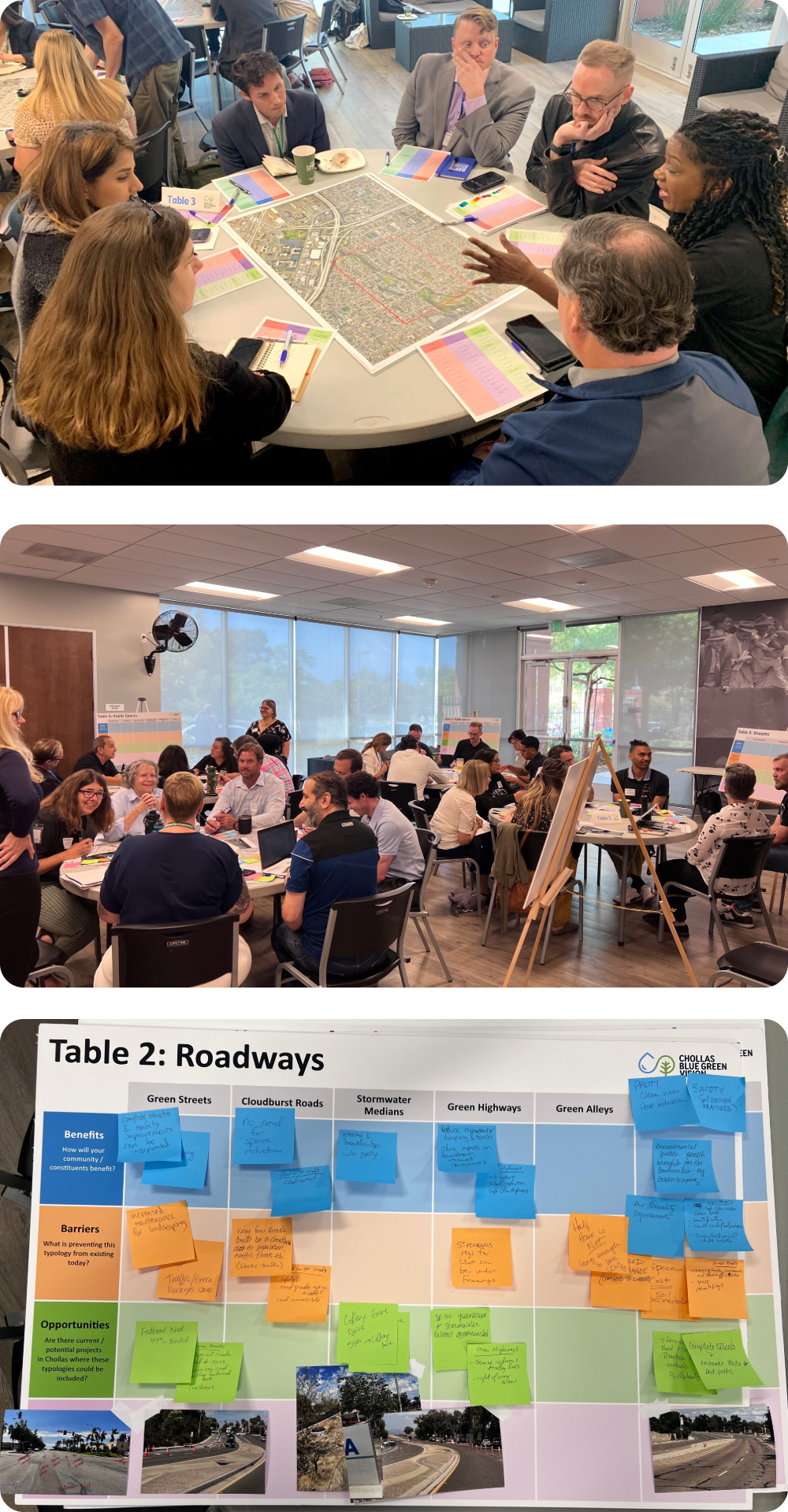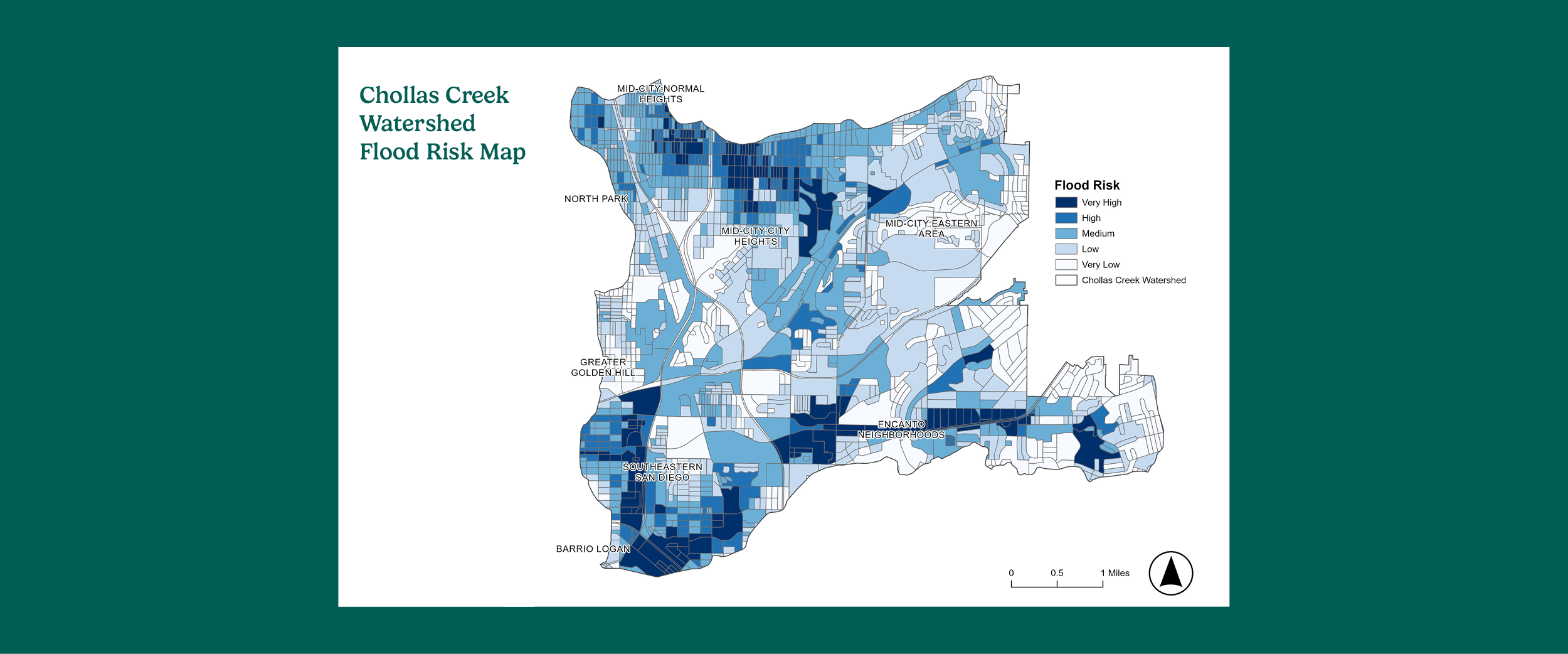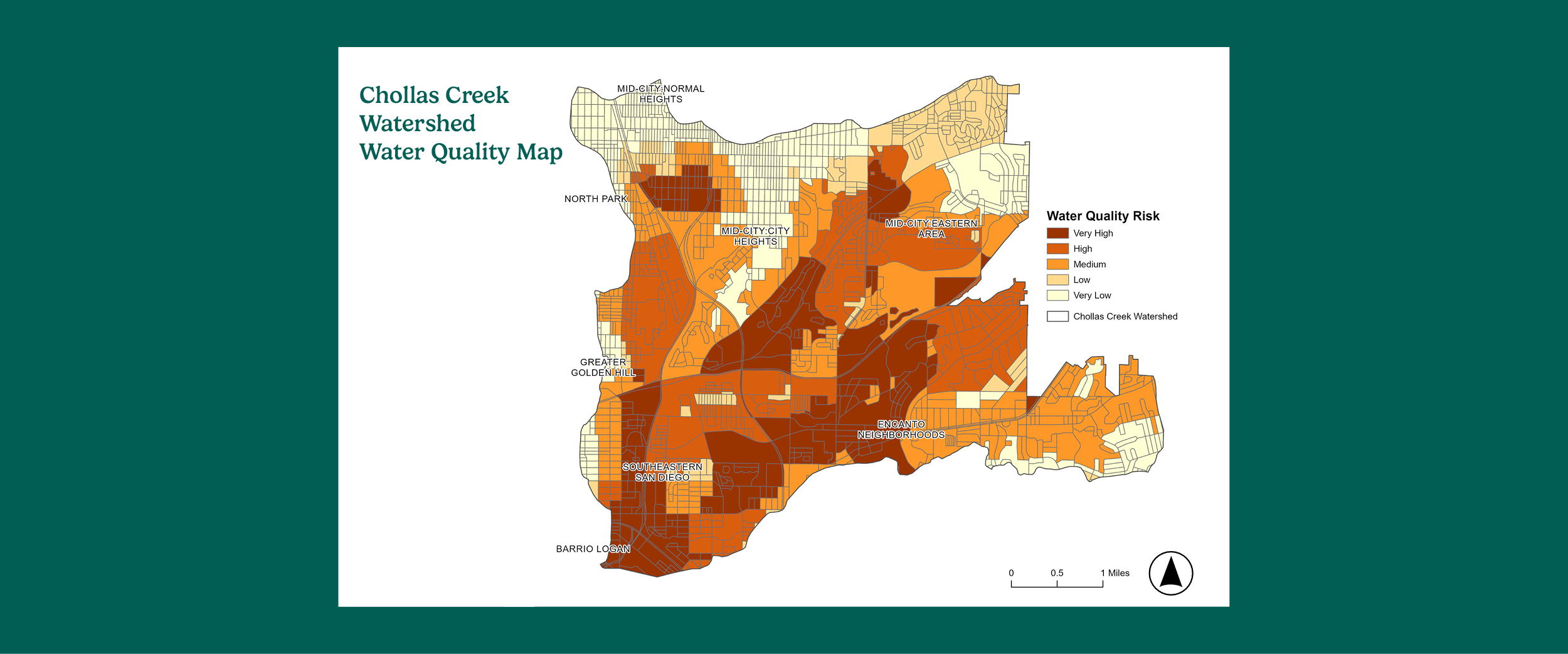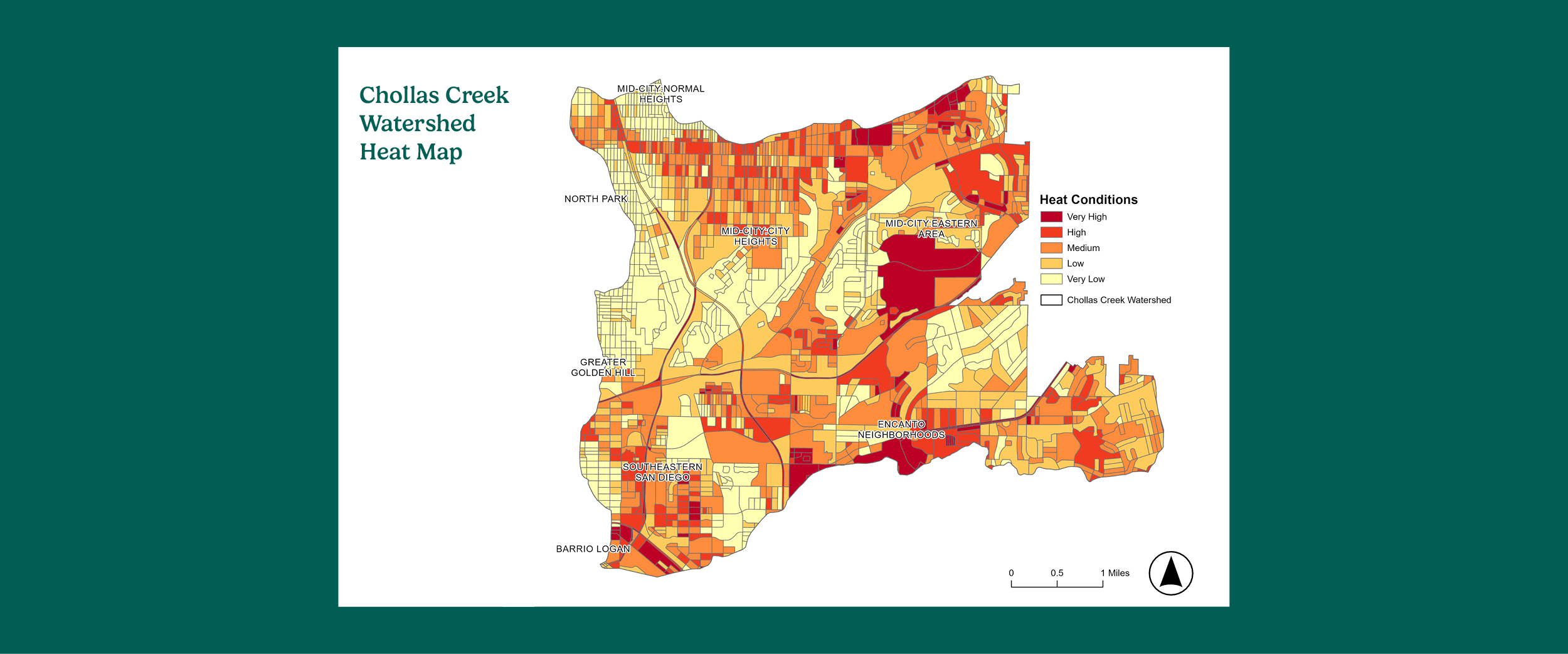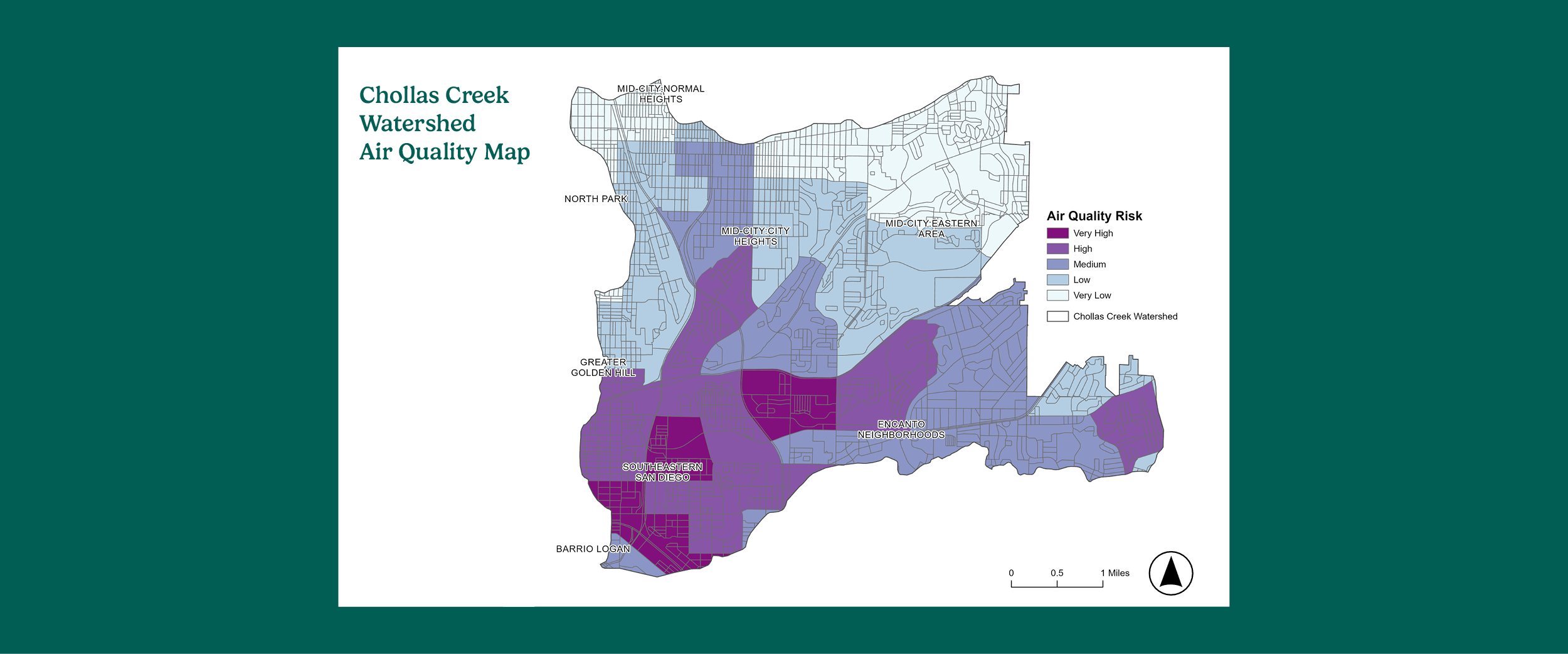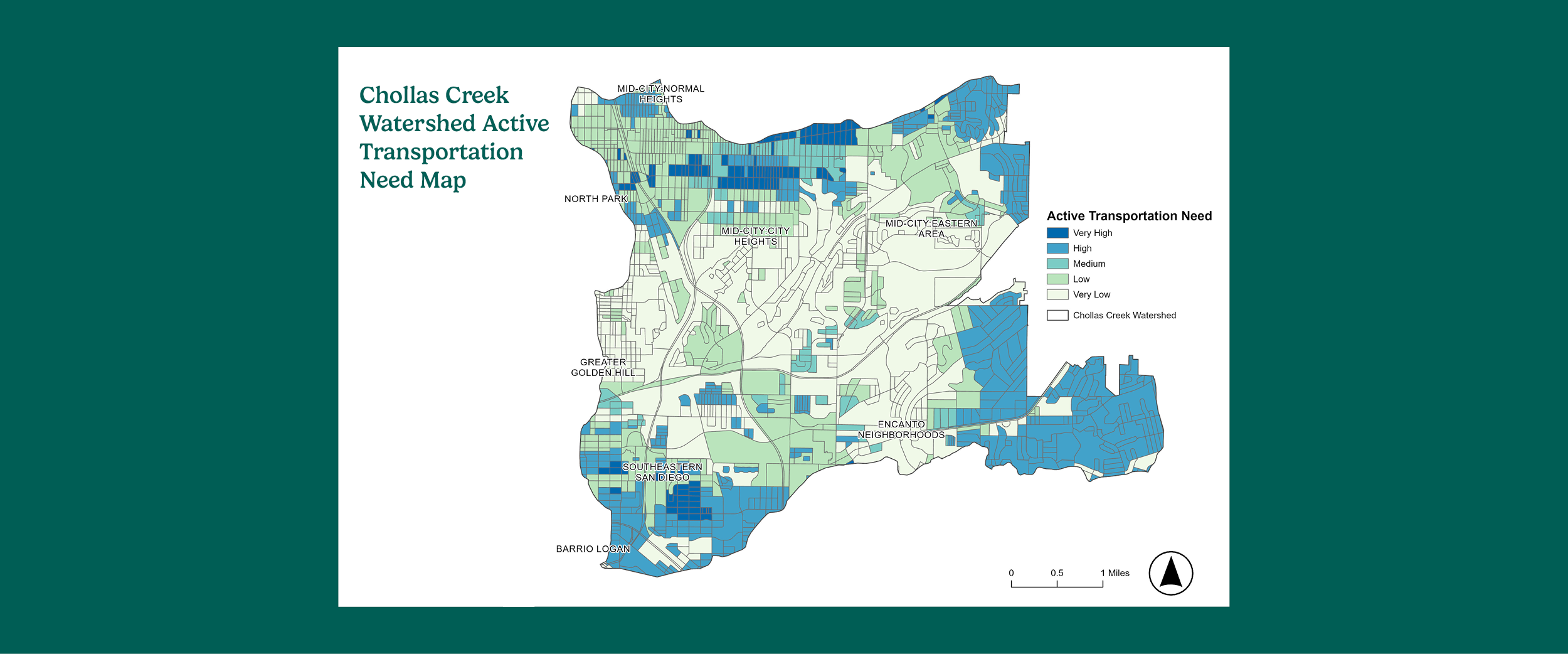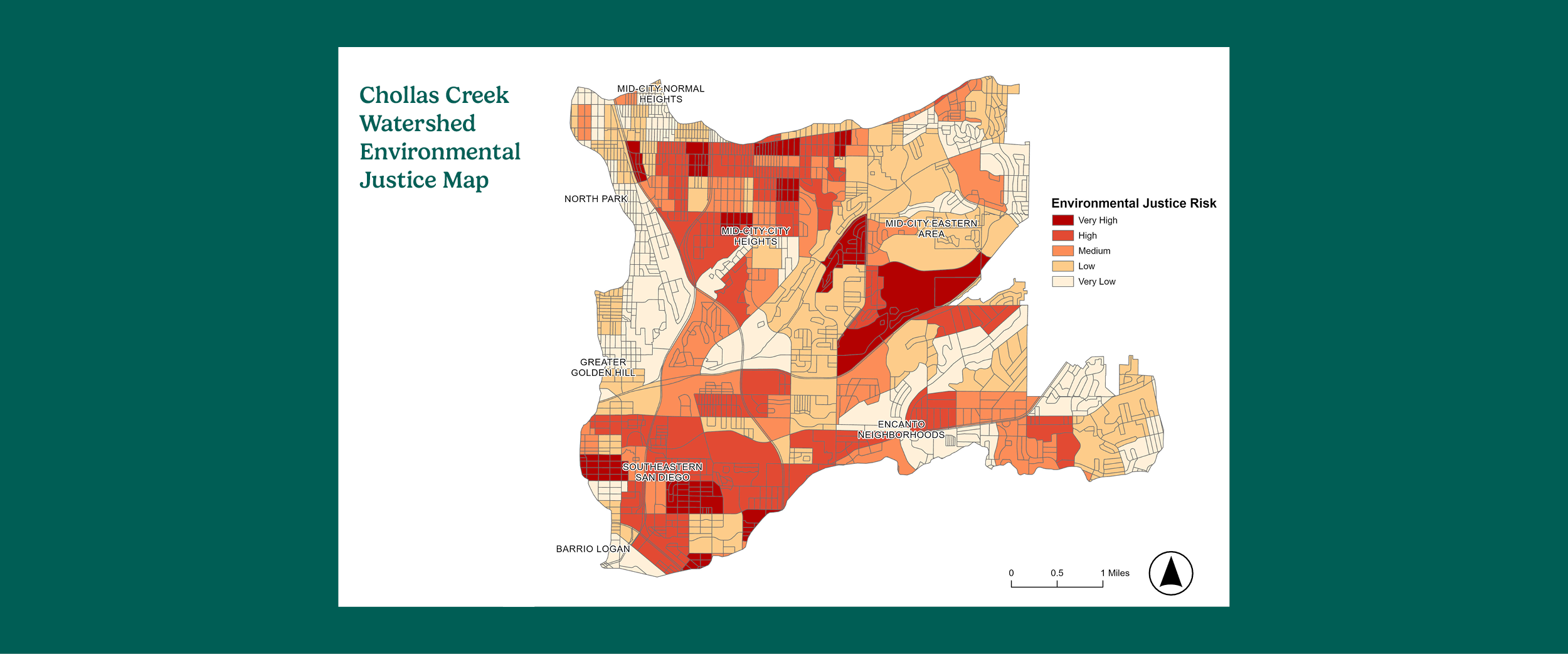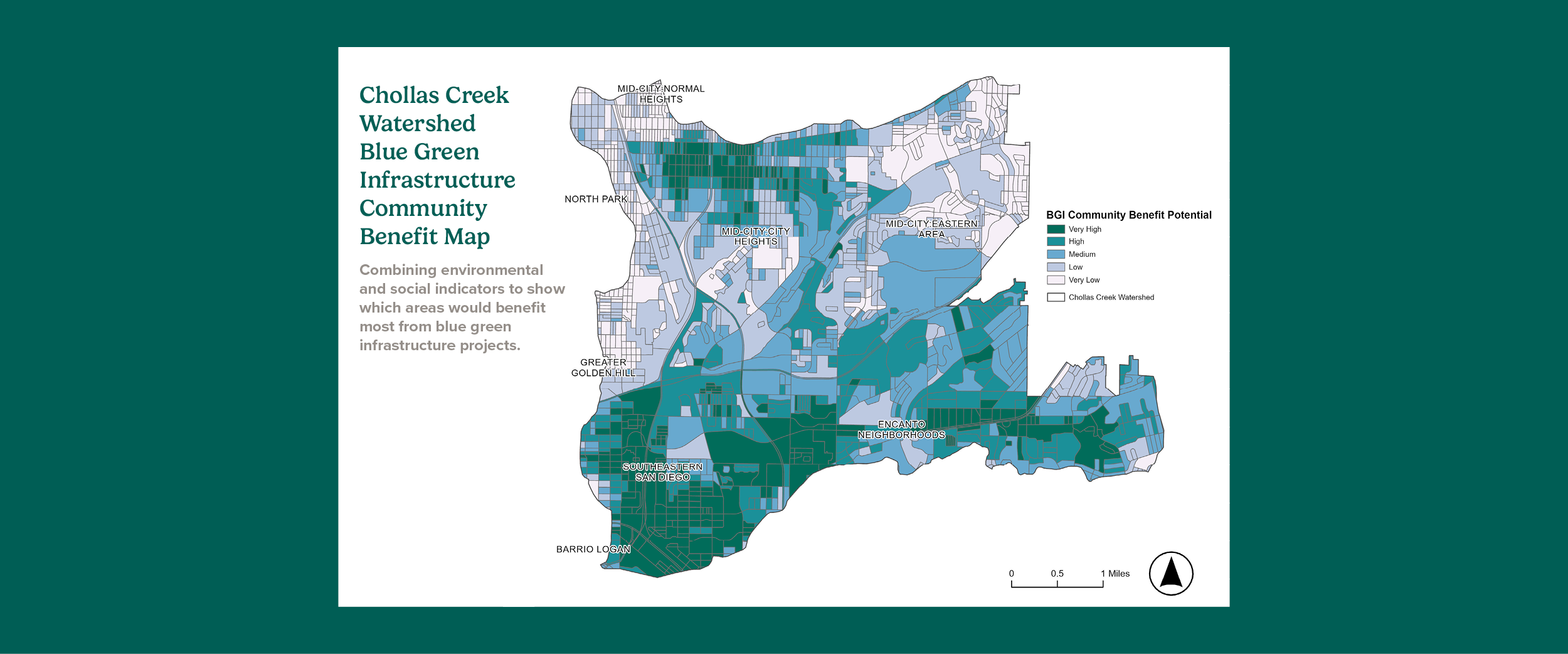How residents are transforming the future of San Diego’s stormwater infrastructure
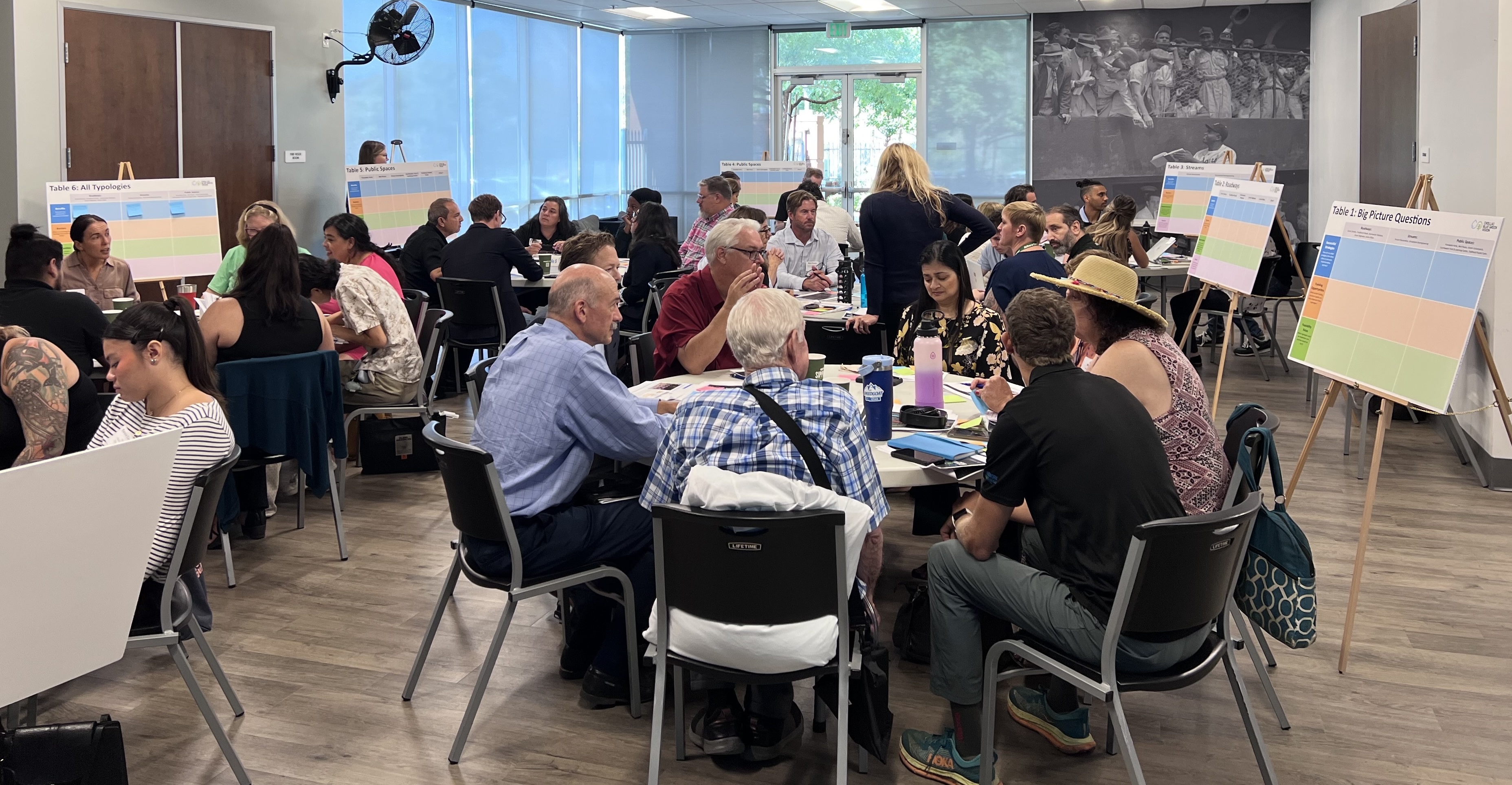
The Storm the changed everything
On Jan. 22, 2024, a thousand-year storm swept through southeast San Diego, flooding entire blocks and forcing families to flee. Streets turned into rivers, living rooms into ponds, and residents were left asking not if it would happen again, but when.
These neighborhoods carry the legacy of redlining and decades of disinvestment. The storm didn‘t just flood streets; it exposed the deep social and environmental injustices these communities have faced for generations.
“When we had the thousand-year storm, it impacted us the most, and that was a big wake-up call for us and the city,” said resident Howard Cuarezma. “The city officials — they get it now. They’re asking, ‘Why is this neighborhood not being funded like the others?’”
A community ready for change
The Chollas Creek watershed — home to 220,000 residents, most of them people of color — bears the scars of redlining and uneven development. On streets like Stream View Boulevard, surface temperatures can reach 130 degrees Fahrenheit. Residents face daily challenges: limited green space, frequent flooding and dangerous heat.
Community planning groups have long pushed for neighborhood improvements, but they’ve often been left out of critical decisions or brought in too late to make meaningful changes.
But what if residents weren’t just asked for feedback after plans were drafted? What if they became co-creators — leading design, advocating for solutions and shaping their own neighborhoods from the ground up?
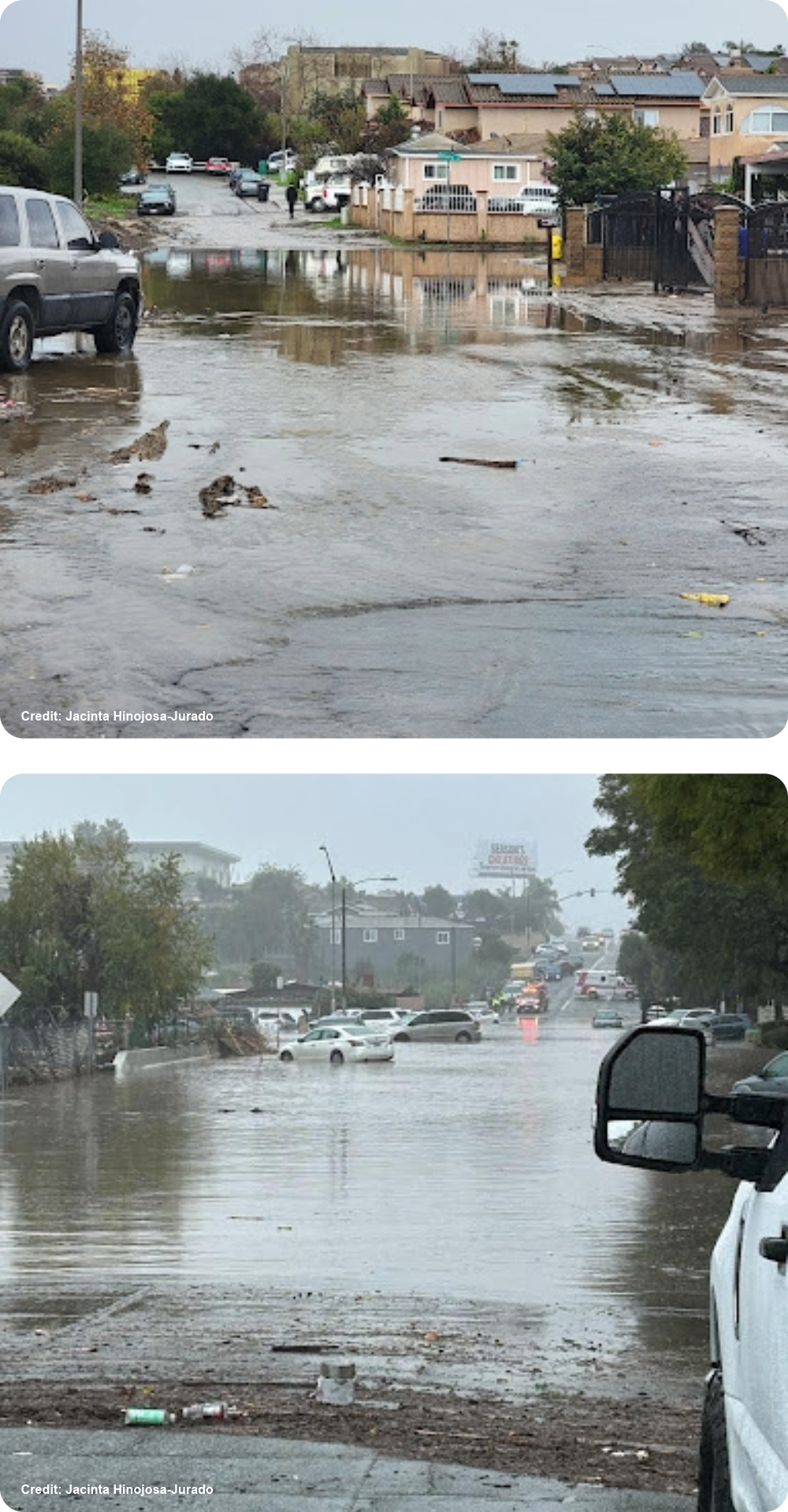
From concerned residents to empowered advocates
The transformation centers on a simple but powerful idea: residents aren’t just stakeholders to consult but leaders to empower. Their lived experiences and deep neighborhood ties make them uniquely positioned to drive lasting change.
In 2024, 20 residents from nine neighborhoods joined a hands-on empowerment program. Over four months, they completed eight sessions — totaling 16 hours — and were compensated $30 an hour for their time, recognizing the value of their expertise.
Through training in infrastructure basics, community organizing and civic engagement, residents learned to turn personal motivation into collective action. Together, they explored topics from blue green infrastructure fundamentals to power mapping and outreach strategies, ultimately working on real projects in their own neighborhoods.
The fellows’ stories
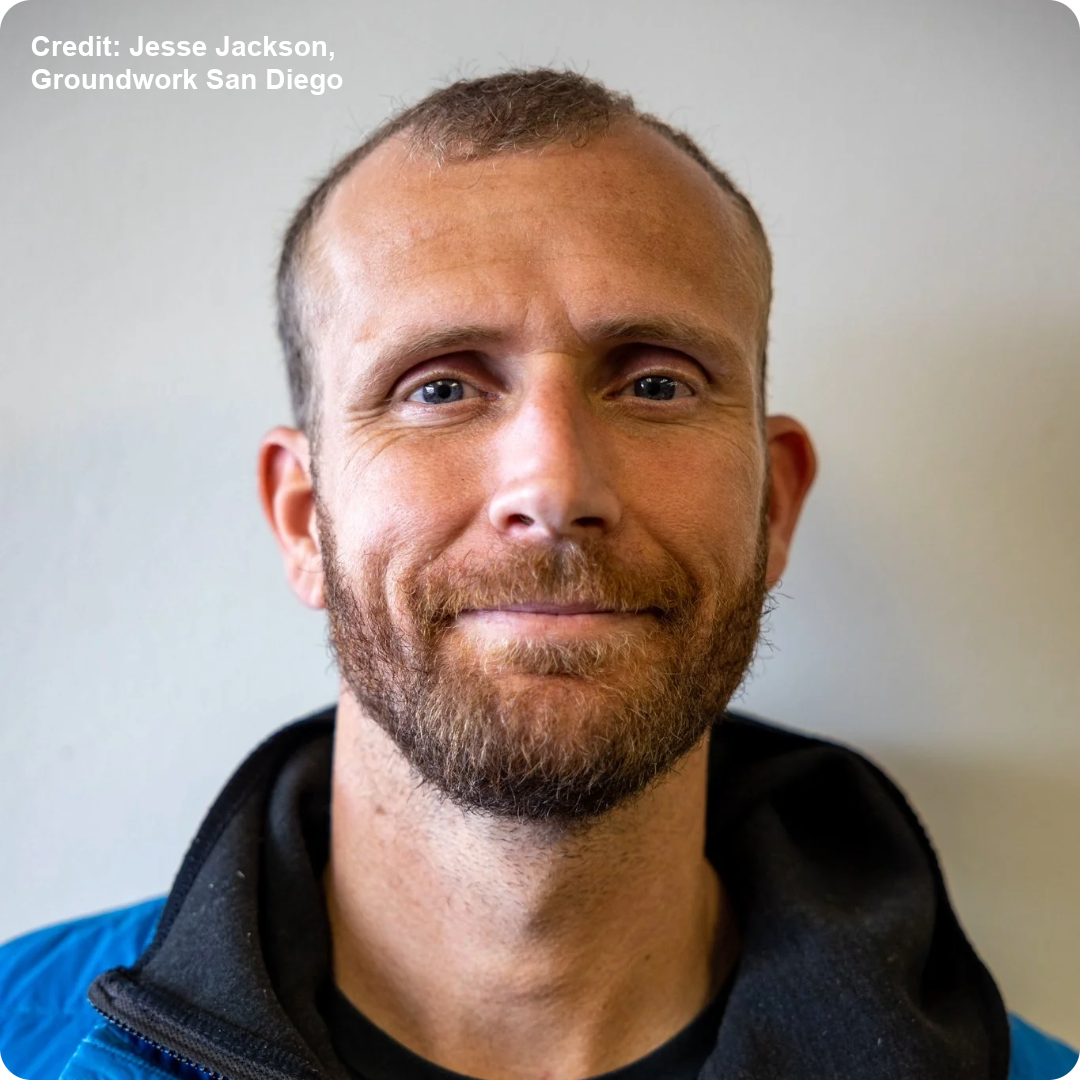
Stream View Boulevard had long been a 200-foot-wide “dumping ground” that trapped heat and offered little shade. Through the program, Brian learned how local government works and how to build neighborhood consensus. Today, nearly 100 trees are planned to be planted, and Brian has stepped into a new role as a trusted community liaison during initial stages of city planning. ”We’re starting to be part of the early stages,” he said. “Everybody kind of feels like they’re getting something they really want out of it.”
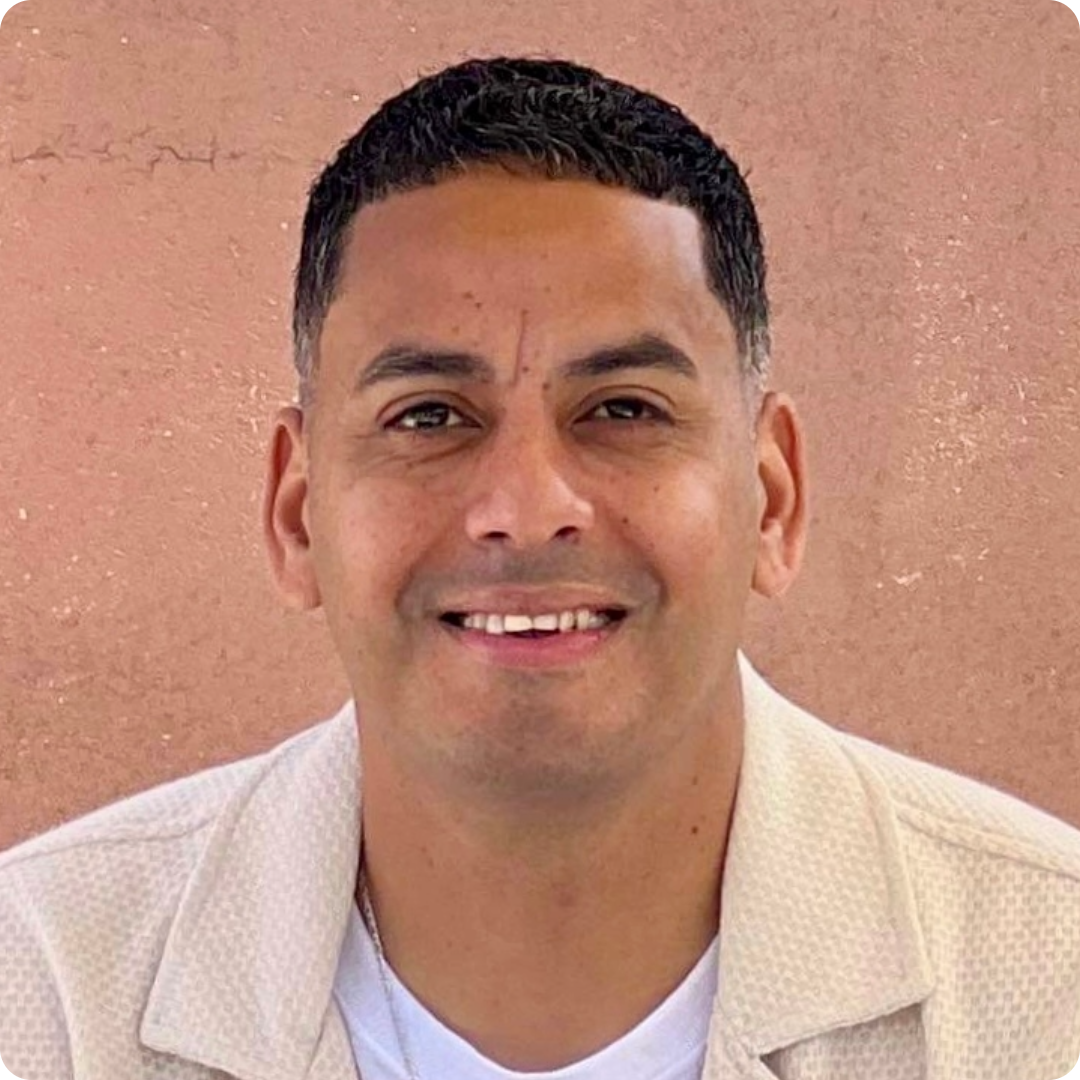
In Mountain View, a neighborhood marked by decades of disinvestment, the idea of transforming Ocean View Boulevard started as just that — an idea. Howard watched the project evolve from a brainstorm session into a living, growing reality. Now, he drives past trees he helped plan and feels pride in the change he helped lead. “First it was just a brainstorm session, and by the end of the resident empowerment program, it’s an actual real project I can see as I go to work every day,” he said. “I’m just inspired and ready to keep going.”
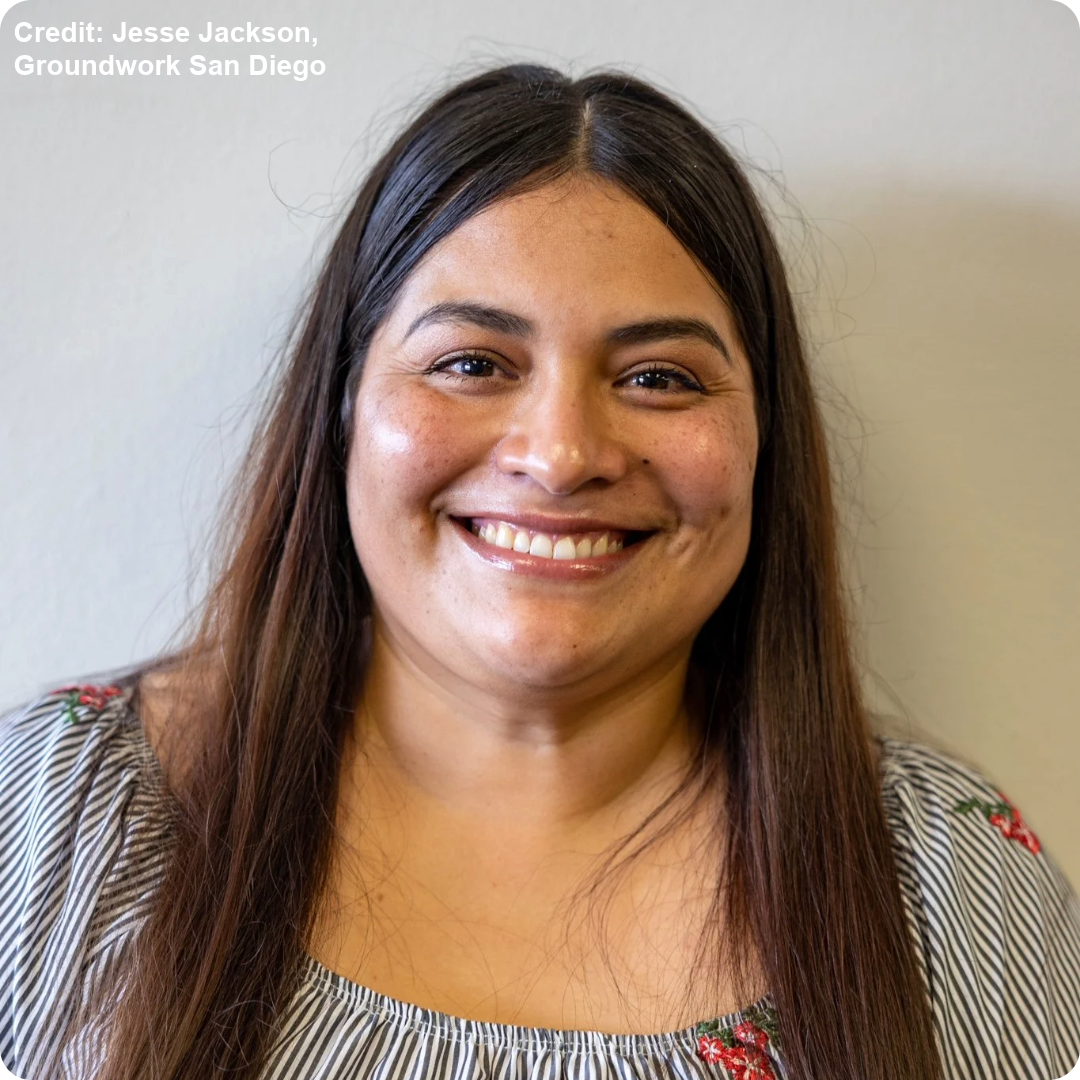
Jacinta’s journey began when her son asked why they didn’t have access to trails like other neighborhoods. Despite language barriers, she found support through inclusive program design and began learning about civic engagement alongside her family. Her son’s curiosity blossomed into a passion, shifting his career aspirations from architecture to environmental engineering. Together, they began speaking up — even testifying at city hall. “As a resident, you have a voice,” Jacinta said. “If you are a resident in your community, you know what’s best for your community.”

Per hour paid to fellows for their time and expertise
Fellows representing nine neighborhoods
Chollas Creek Blue Green Collaborative members
A replicable, community-centered model
These stories represent more than individual successes — they mark the start of a broader, community-driven transformation.
Today, five fellows have been hired into yearlong organizing roles, and multiple neighborhood projects have moved from ideas on paper to real-world implementation. City departments are inviting residents to participate earlier in planning, recognizing that stronger solutions come from working side by side with community members.
The approach offers clear lessons for other cities: Start with relationships, not projects. Invest in long-term capacity building. Compensate community expertise fairly. Design for true partnership, not just consultation. Measure success by community leadership growth, not just infrastructure built.
A new standard for urban planning
At the watershed scale, this momentum led to the Chollas Blue Green Vision Plan — a comprehensive framework that charts a shared path forward. This document serves as a roadmap for everyone who lives, works and plays in the watershed: residents, city officials, community groups and environmental advocates alike. It turns the dream of clean water, green spaces and healthier communities into a shared, achievable goal.
Through the Chollas Creek Blue Green Collaborative — a 65-member coalition that includes essential public agencies — residents are now intentionally seated at decision-influencing tables. Silos between departments are breaking down, and a unified, watershed-wide approach is guiding investments and projects.
The work continues: watershed mapping, pocket parks and new green infrastructure projects are all underway. A new generation of young environmental advocates is stepping up, inspired to carry this momentum forward.
This is more than infrastructure — it’s proof that when residents lead, projects succeed. Together, these neighborhoods are building climate resilience through social resilience and setting a new standard for cities everywhere. It’s a call to create a future where community partnership isn’t an add-on but the foundation.
